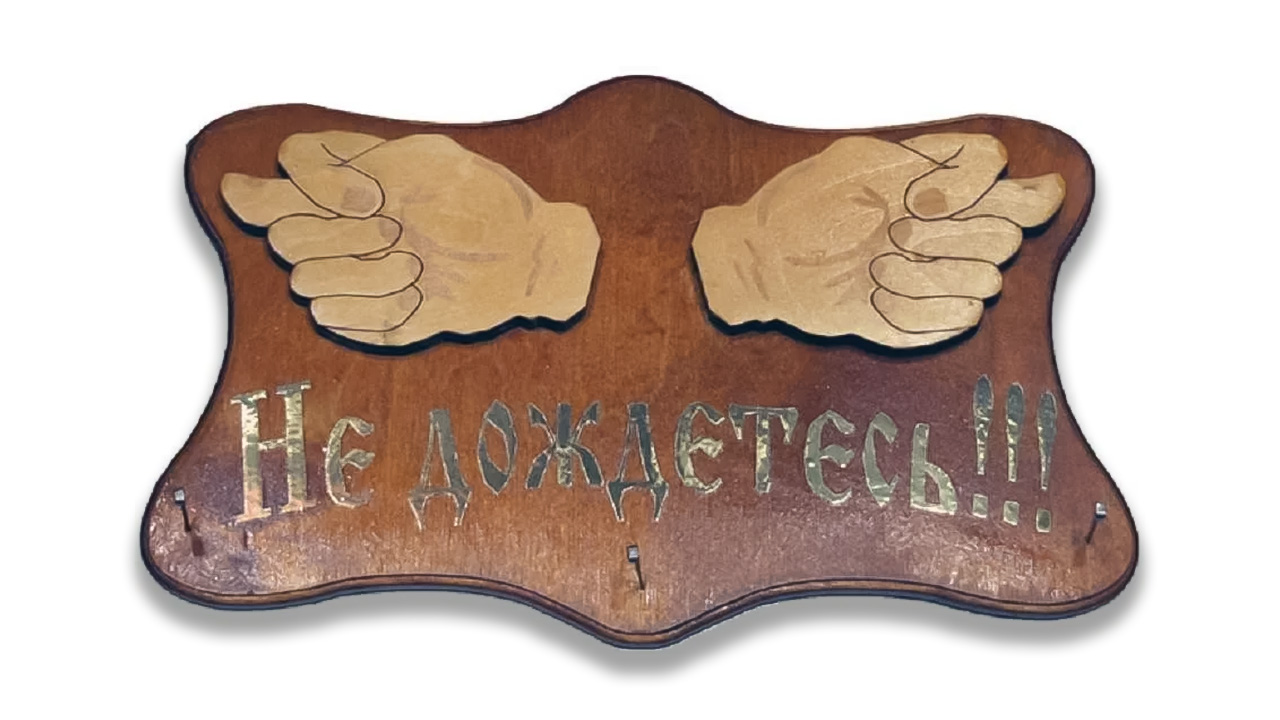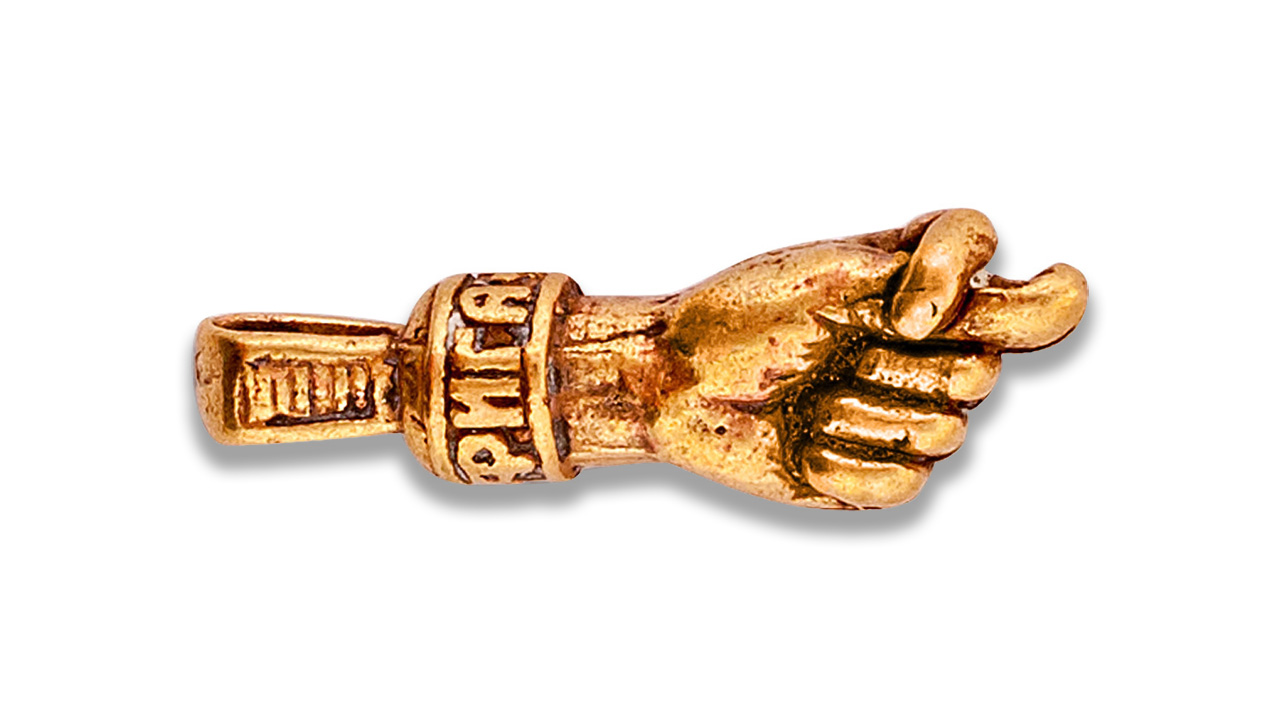How could the nah gesture, or more slang ‘nah’, which is frequently used as an insult, become a part of our anger? What is the origin of this movement, which you may have seen used in different countries?
timeless and ‘nah’, which has been a part of our history for a very long time; As we know, it is achieved by squeezing the thumb between the index and middle fingers of the fisted hand.
Increasing the number of fingers squeezed between the fists, including the arm in the movement, etc. more action and creative variations We can also see.
‘Nah’ is also used in our verbal expressions as “Nah, don’t you see it here?” like adverb It is also one of the words we use as. You may need to think twice about performing the gesture, whose meaning changes even in our own usage, to a stranger abroad.
Let’s first examine the meaning we use.
“Nah, you can do it!” made with the gesture with the decision of the Supreme Court of Appeals is considered an insult There is an example. While we do not support the use of slurs, close examination may be helpful in examining their universal meaning.
RELATED NEWS
Those who do not want to lose thousands of liras from insults on social media, gather together: We explained which words are considered crimes and which are not!
It is blasphemous as an additional gesture to our discourse in general, make sexual organ associations We use it for. Researchers suggest that the shape was originally made to depict the female genital organ or its combined state with the male genital organ.
Let’s get to the point where we need to think twice.
Although its usage frequency is highest in our country, it is also used in Indonesia, China, Russia and some Mediterranean countries. We do not recommend you to do this move..
More universally known middle finger It contains insults similar to the sign and, like it, supports insults in verbal and non-verbal communication.
RELATED NEWS
The Hundred-Year History of the ‘Middle Finger’ Movement, from English Archers to Rappers
Our warning continues outside the countries we mentioned. With this gesture you make to people you meet in Belgium, Netherlands, Denmark and Germany you made a sexual request you may have implied
Use of Although it is not as common as in ours This meaning of the movement provides a non-verbal opening to the other party.
It’s more common than we think.
Even if we make a list of countries, it is possible to encounter signs in Korea, the Vatican and Spain, which are not on our list. Even if we can’t see people reacting to the ‘nah’ movement part of their culture We understand from his works that he is.
One of Korea’s best-known movies, made in 2003. Murder Diary Song Kang-ho, who plays the leading role in the movie (Memories of Murder), makes this sign to the children in the movie. We see figures making the ‘nah’ gesture in the paintings we can encounter in museums and exhibitions in the Vatican and Spain.
If one day you have the chance to look at the Sistine Chapel and Francisco Goya’s paintings, you will see the person making the ‘nah’ sign. with angels or witches We give you a hint to look at the full pictures.
It is also useful to pay attention to verbal expressions.
When a stranger verbally says nah to you, it does not necessarily mean that they mean something bad to you. We use ‘nah!’ as a marker in speech; In countries like America ‘no way, no’ can carry meaning.
‘nah’ meaning insult in English ‘fig’ It is called . Fig This name of the movement that bears the same name dates back to ancient times. Fico, which means fig in Italian, was used in Ancient Rome. ‘mano fico’ It bears the name of the movement we are still doing.
Let’s reach the history of the sign from the date of naming.

It seems that it was first spread to the Mediterranean by the Ancient Egyptians and was also widely used in Greece and Rome. Our knowledge today about its use at that time is narratives and works It comes from its ability to survive today.
To protect from the evil eye and bring good luck talisman and jewelry It was used as a building and has survived until today. Evil spirits who see an object with a sexual connotation will be distracted and it was believed that it would prevent them from evil behavior.
Its production and use as jewelry still continues.

Fig-marked trinkets and jewelry are still found in many in modern-day Portugal and Brazil, and in Sicily. In this culture, which is the closest usage to the oldest belief, people still celebrate their important days. Brings luck and protects from the evil eye They wear it for.
It is still possible to come across people who make the evil eye sign with their hands and see that they do it for good wishes. Unlike ancient Rome, the origin of the sign was sexual imagery, and all people used it in positive meanings. It may not be known.
An interesting use is to deceive children.
“I stole your nose.” You may have heard the joke. Mostly in America and Europe entertain childrenIt is done jokingly to scare people.
The same movement, this time performed after quickly and painlessly squeezing the child’s nose. nose in hand It is done to create an impression.

Like many of our actions that come and go with cultural change, the Nah movement also shaped by the influence of cultures. It seems that our sign, which can be our insult, our talisman or our nose, will continue its journey with humanity for a while.
You may be interested in our similar history and culture content:
RELATED NEWS
As you read, you will say ‘What kind of a mental patient is this?’: The Short but Strange Story of Roman Emperor Caligula, who made his name in history with his evil deeds
RELATED NEWS
A Roman Emperor (!) Whose Name Has Never Been Written in History Has Been Discovered: Here’s the Anecdote-Like Story of the Mind-Breaking Discovery
RELATED NEWS
